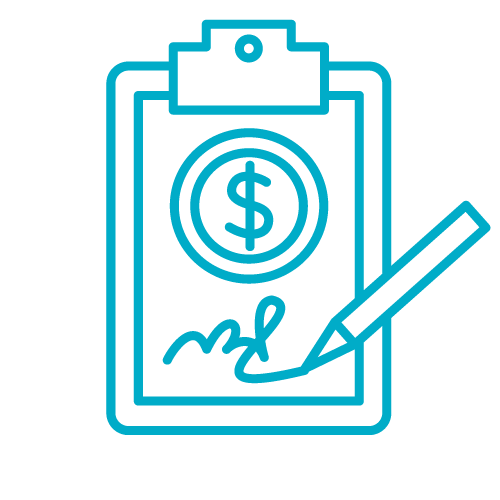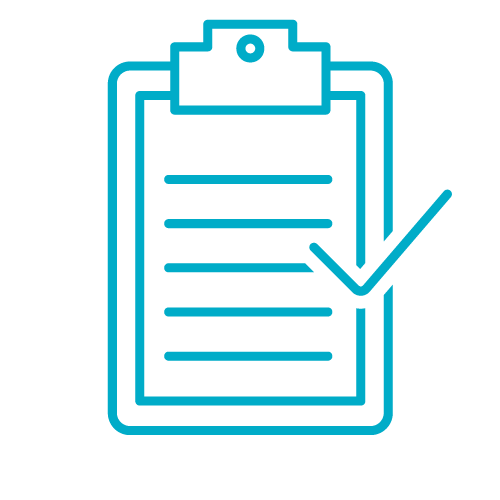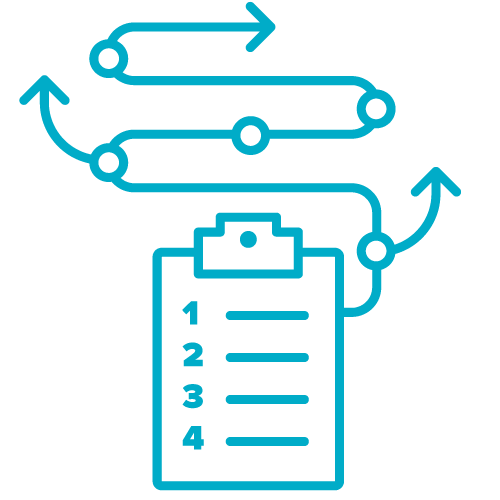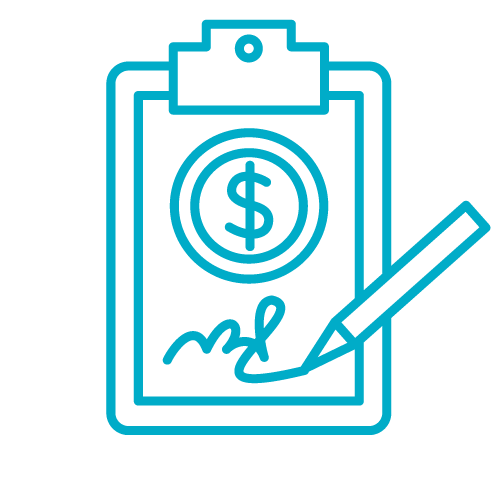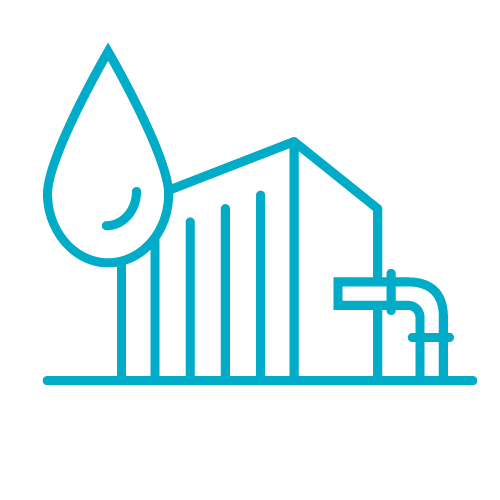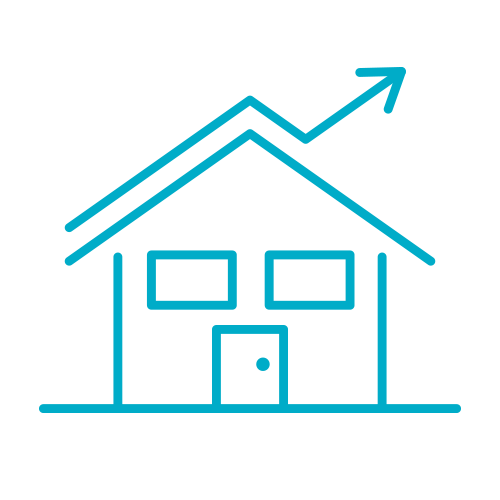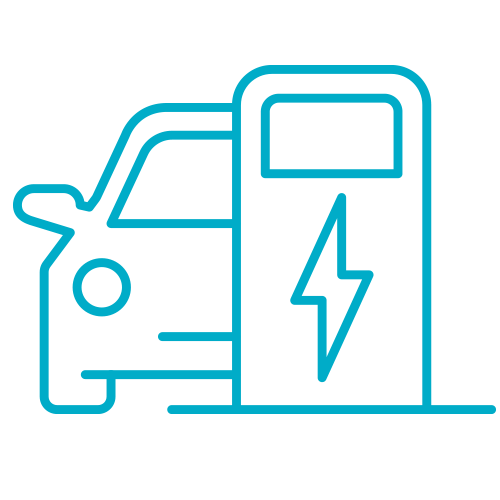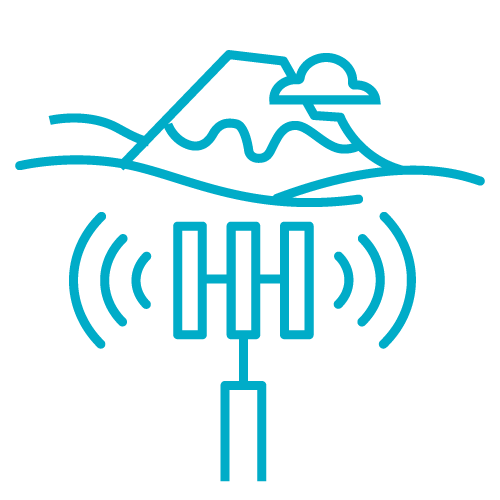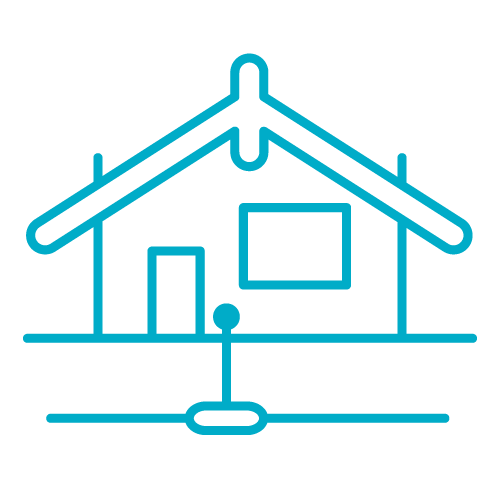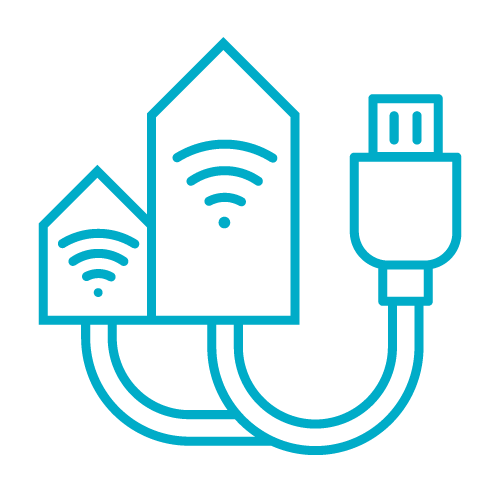FAST, RELIABLE BROADBAND INTERNET HAS BECOME A UBIQUITOUS PART OF EVERYDAY LIFE FOR AOTEAROA NEW ZEALAND OVER THE PAST DECADE, PROVIDING ACCESS TO ONLINE EDUCATION, SOCIAL CONNECTION, WORK AND TRADE – AND A VITAL LIFELINE THROUGH THE COVID-19 PANDEMIC.
The benefits of Ultra-Fast Broadband are wide-reaching and help New Zealanders to not only engage in business, trade and tourism but has also been essential to support home education, social connection as well as business productivity over the last few years. The programme was continually extended and at completion the final towns to be covered were small communities including townships such as Haast, Ōwhango, Tuatapere and Eketāhuna.
National Infrastructure Funding and Financing’s delivery partners Chorus, Northpower, Enable, and Tuatahi First Fibre took on the job of innovators to find cost-effective, deployment solutions to bring UFB to these locations and many more across the motu – particularly challenging towards the end of the roll-out. Reaching these locations on time and under budget is an excellent achievement that shows the commitment by Government and delivery partners to expand fibre broadband across Aotearoa.
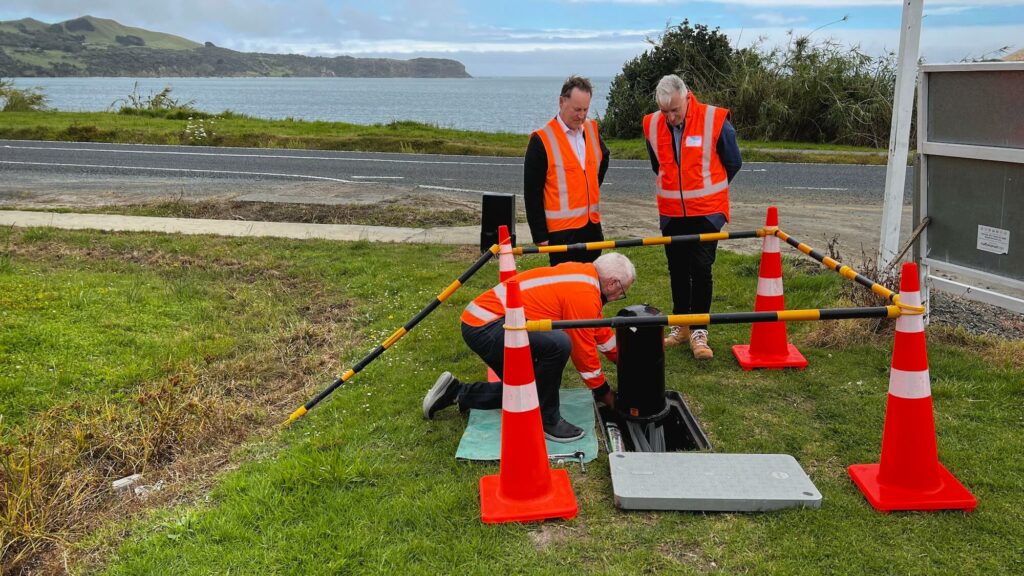
We celebrated the completion of New Zealand’s world leading, UFB fibre optic network on time and under budget to reach 87 percent of population. The UFB roll out was completed in December 2022, bringing high-speed fibre broadband to 412 towns and cities. Uptake is currently at 73 percent of UFB premises passed as of 30 June 2025, and it continues to increase.
We joined delivery partner Chorus to celebrate the final fibres being installed in the network with an event held in December 2022 at Manea Footprints of Kupe in Opononi.
CHANGING WITH THE TIMES
Much has changed since the programme started in 2010. Broadband download capacity was around 10GB in 2010, and it has improved nearly 60-fold to 585GB in 2023 according to Chorus’ Q4 results and is continuing to increase. During this time, we have collectively experienced the arrival of online streaming services, three Rugby World Cups and a global pandemic: all of which have led to increases in data usage across the network.
Data usage continues to grow in the fibre network. There was a large spike in usage during the 2021 Covid lockdown period, but this returned to normal over the following two years and is back to its long-term average of around 50Gbps per year, or around 10%. The bandwidth available to consumers also continues to grow as operators upgrade their networks to provide ever higher speed connections.
REINVESTING FUNDS FOR PUBLIC GOOD
Since 2010, $1.75 billion in Government funding has been invested in UFB, with the total cost exceeding $5.5 billion including co-funding from delivery partners. One of the innovative aspects of the programme has been the recycling funding structure.
Of the original investment made, $390 million of Government funding has been returned and reinvested. Repayments were recycled back into further UFB extensions and also rural wireless broadband, resulting in more communities enjoying the benefits of reliable fibre broadband as well as rural wireless broadband.
Rural Fibre
Seven of our partners are now deploying a rural fibre network as part of the Rural Capacity Upgrade programme, something not done before in rural areas. Over 5,600 rural households and businesses are now benefitting from fibre broadband services.
Traditionally, fibre broadband is better suited to higher density areas as the cost of running long lengths of fibre past widely spaced properties and down long driveways in rural areas had made fibre not as viable as other broadband options.
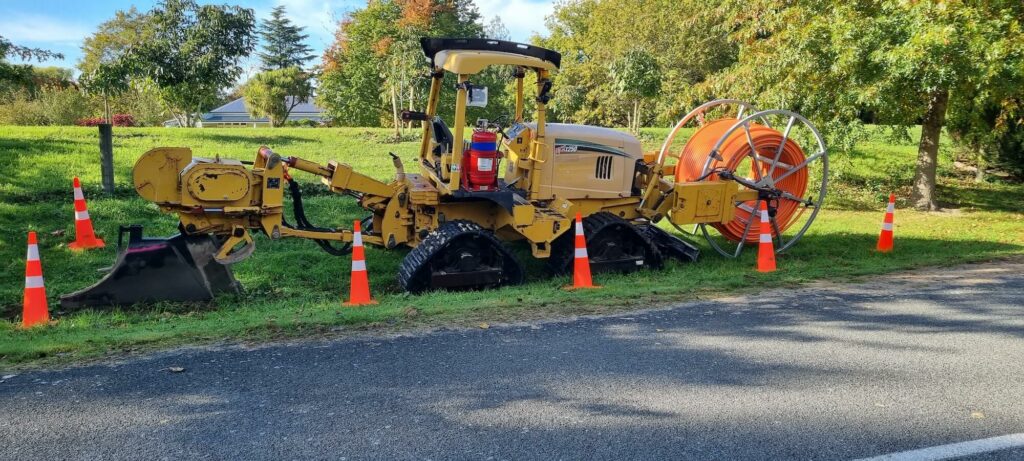
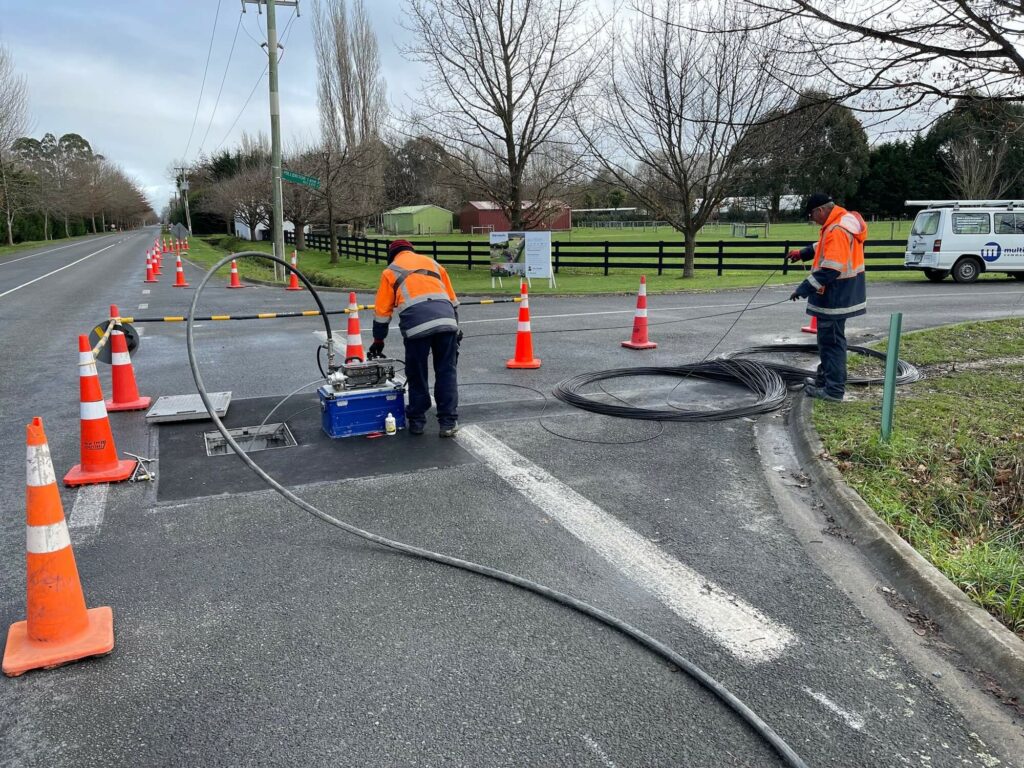
Fibre Links
The benefits of UFB are wide-reaching and help New Zealanders to not only engage in business, trade and tourism but has also been essential to support home education, social connection as well as business productivity over the last few years. The programme was continually extended and at completion the final towns to be covered were small communities including townships such as Haast, Ōwhango, Tuatapere and Eketāhuna.
Our delivery partners Chorus, Northpower, Enable, and Tuatahi First Fibre took on the job of innovators to find cost-effective, deployment solutions to bring UFB to these locations and many more across the motu – particularly challenging towards the end of the roll-out. Reaching these locations on time and under budget is an excellent achievement that shows the commitment by Government and delivery partners to expand fibre broadband across Aotearoa.
It initially aimed to build two links:
The West Coast fibre link, a 247km fibre link to provide much-needed resilience for the lower half of the West Coast and lower South Island, as well as fibre connectivity to 19 mobile towers built along State Highway 6 by the Rural Connectivity Group (RCG), and settlements such as Haast. This was completed in March 2022.
A fibre link starting in Te Anau and traversing north and west for 118km along State Highway 94 and into Milford Sound (The Southland fibre link). The civil build was completed in May 2023, with the link providing connectivity to 11 mobile towers, connectivity for tourism operators in Milford Sound, the Airways Corporation Airport and the NZTA/Downer Alliance who manage the highway.
A third link was added – a 30.9 km fibre link between Manapouri and Blackmount (The Te Anau ring) which provides increased resilience to Te Anau, Manapouri and Milford. Originally due to be completed in December 2023, the civil build was completed ahead of schedule in May 2023.
The build of these new fibre links enables more reliable and faster broadband access to people living in the towns and provide backhaul to 25 mobile towers deployed along these routes.
These links support various services, including internet access, phone networks, emergency communication systems, and other data-intensive applications.
These links will ensure resilience and improved mobile broadband capacity to the West Coast and Southland, enabling upgraded communication services for communities and visitors.

